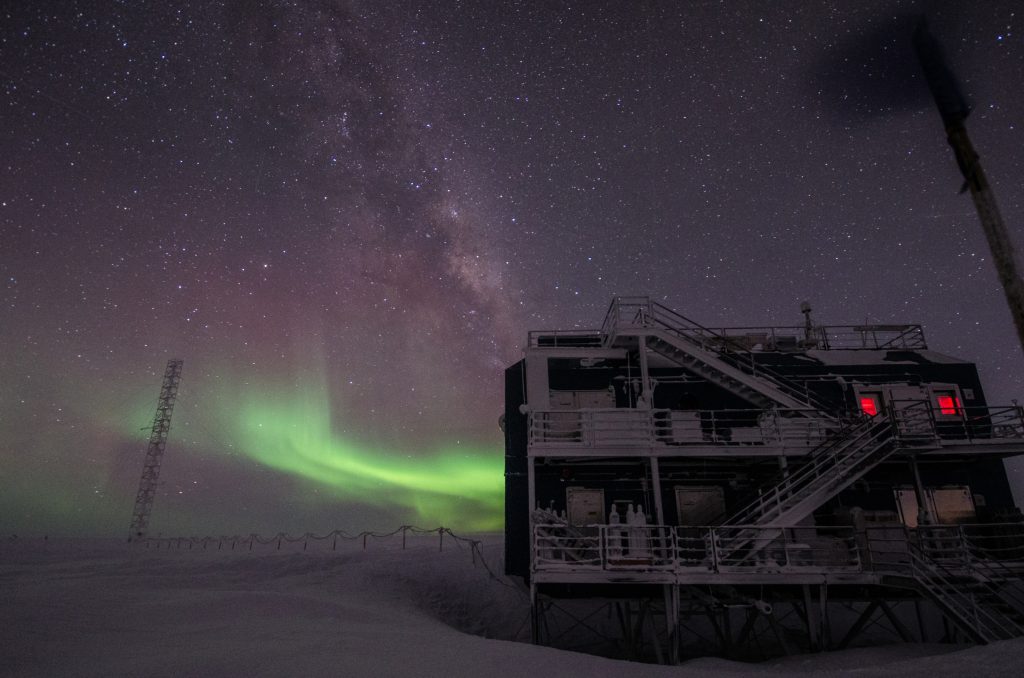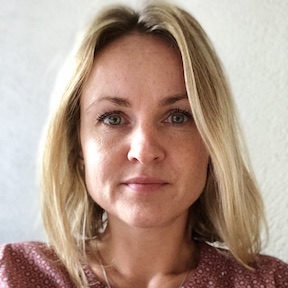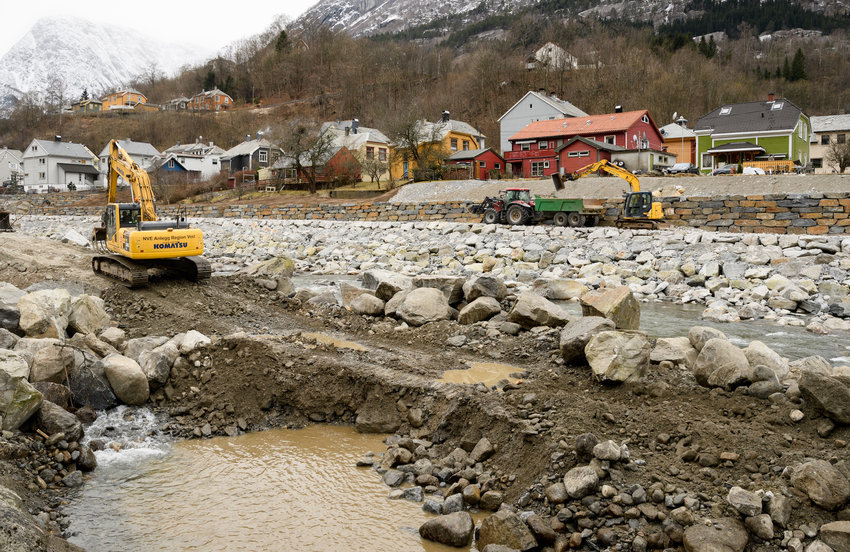Wednesday 23 March is World Meteorological Day. Meteorology can be used for many purposes in several different fields, and this article will give some insight into the different ways that the skilled meteorologists in SFI Climate Futures work.

Ole Wulff: Seasonal Forecasts
In Climate Futures, we work on advancing predictions of weather and climate multiple weeks up to years ahead. The forecasts that we use are to a large degree the results of decades of research of the international meteorological community. To explore what these predictions are capable of, but also their limitations, we need to know about a lot of different processes in the atmosphere. This knowledge will eventually help us to improve the forecasts. Together with businesses that face weather- and climate-related decisions, Climate Futures hopes to co-produce forecast information that is useful, relevant, and accessible so meteorological research can benefit society in the best possible way.

“These long-term forecasts differ from the short-term weather forecasts that most of us are used to and that we use for instance to decide if we should put on a raincoat in the morning when leaving our house in Bergen. While the long-term forecasts that we are dealing with in Climate Futures cannot predict the exact timing and location of a rain shower multiple weeks ahead, they can provide information about the chances of having more precipitation than usual over a longer period of time (e.g. a week) and a larger area (e.g. Western Norway). This could for example help hydropower companies estimate multiple weeks ahead how full their reservoirs will be.”
Silje Sørland: Sustainable Food Production
Meteorology is about forecasting and understanding the weather and atmospheric processes. However, the atmosphere is only one part of the whole climate system, which in addition consists of the ocean, land surface, cryosphere and biosphere. These spheres are all connected and are interacting through complex processes. The short-term forecast focuses on predicting atmospheric processes, while the long-term forecast includes the ocean and land surface processes, and can therefore give predictions that are relevant for the aquaculture or agriculture sector since variations in sea surface temperatures or soil moisture content will affect the production.

“Everyone can benefit from having more reliable information about the weather and climate, especially when it comes to planning and decision making. For the food production sector, this is particularly important since the production rate is critically dependent on the seasonal weather. The dry and warm summer of 2018 showed us this when the dry soil reduced crop production, and the high water temperatures led to high fish mortality. In Climate Futures we are tailoring climate predictions to the agricultural and aquaculture sector, aiming to make food production more sustainable. With this we mean, for instance for the aquaculture sector, if the fish farms can get reliable predictions of the water temperatures one month ahead, they can for instance get a better idea of the environmental conditions for the fish, and thereby make better decisions for when to feed and slaughter, and also optimize the needed labour, and in this way reduce the fish mortality. Better climate predictions developed by meteorologists and climate researchers are a way to optimize food production to reduce economic losses in a sustainable way.”
Etienne Dunn-Sigouin: Insurance
Weather and climate affect several industries, including the insurance business, which is another one of the sectors that are represented in Climate Futures.

“Changes in weather and climate are a major source of risk for the insurance industry. Insurers are on the hook for damages caused by weather extremes and are under increased pressure from authorities to include weather and climate information into their decision-making. They are also vulnerable to those seeking compensation for failures in adapting, mitigating and disclosing weather and climate risk. Thus, as part of Climate Futures, I am collaborating with Tryg, Scandinavia’s largest private insurer, to help the company become more resilient in the face of changing weather and climate. We are working together to integrate long-term forecasts, beyond the range of typical weather forecasts, as well as simulations of future climate, into their risk pricing and prevention initiatives. For example, if there is a predicted high risk of flooding, insurers can modify the cost of premiums and advise their customers to move things out of their basements. The goal is to co-produce actionable knowledge for the company, its customers and the insurance sector more generally.”
Meteorology is and will become increasingly important to understand how the climate is changing and how to adapt to future changes. Climate Futures wants to build a bridge between research and stakeholders and co-produce innovative solutions that can help companies reduce climate risk in their industry.
Climate Futures is a Centre for Research-based Innovation (SFI) coordinated from NORCE.

